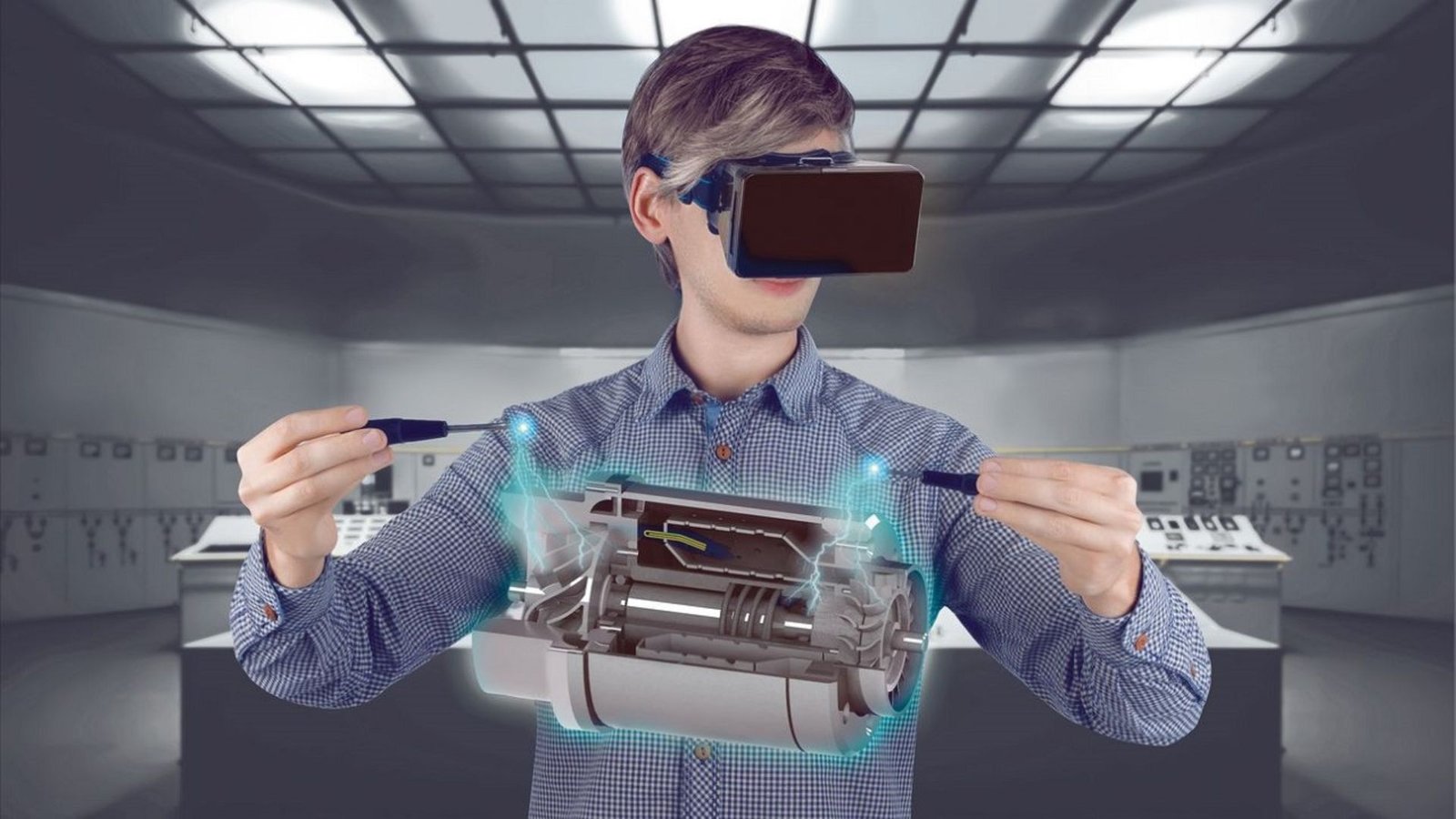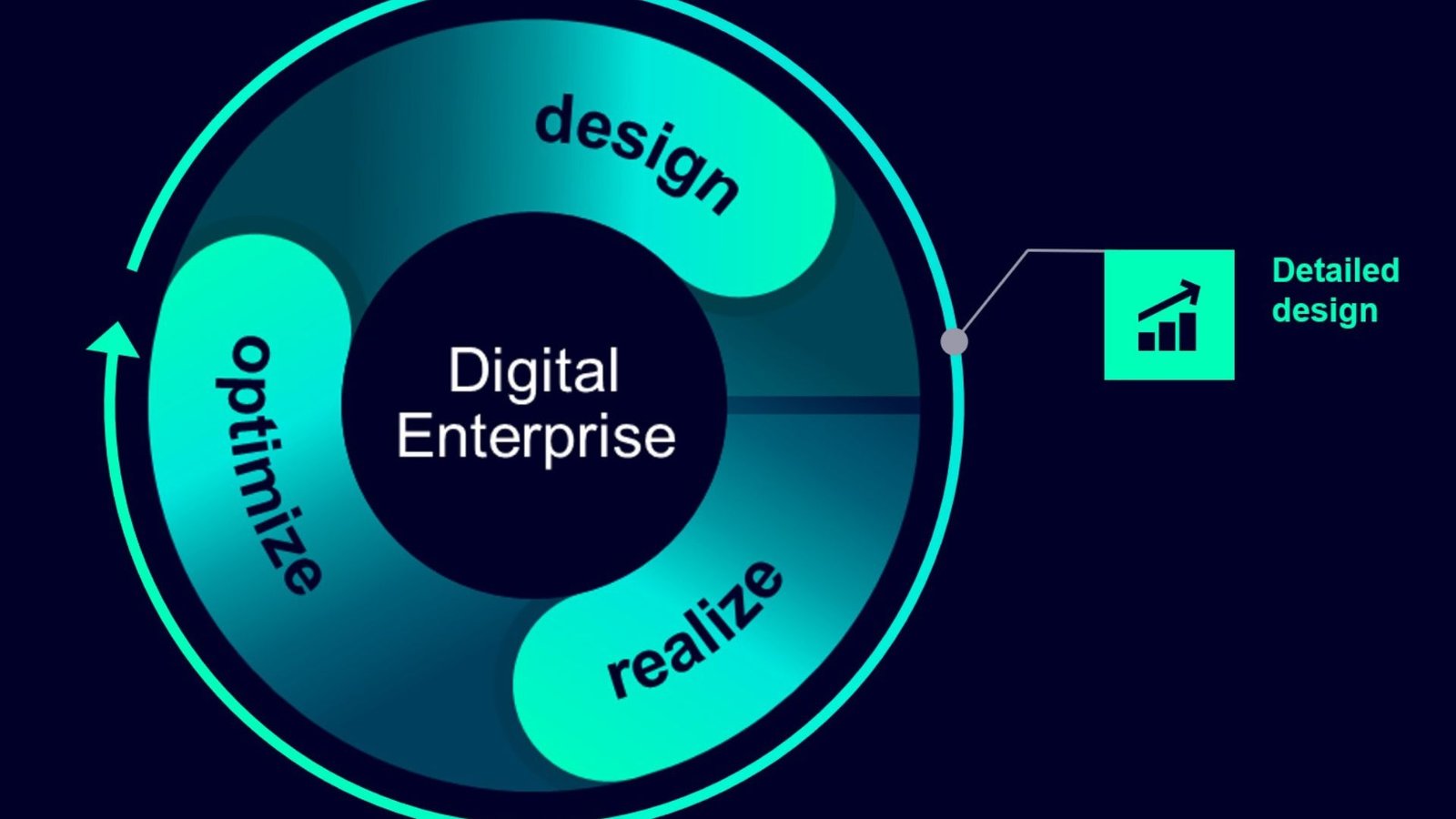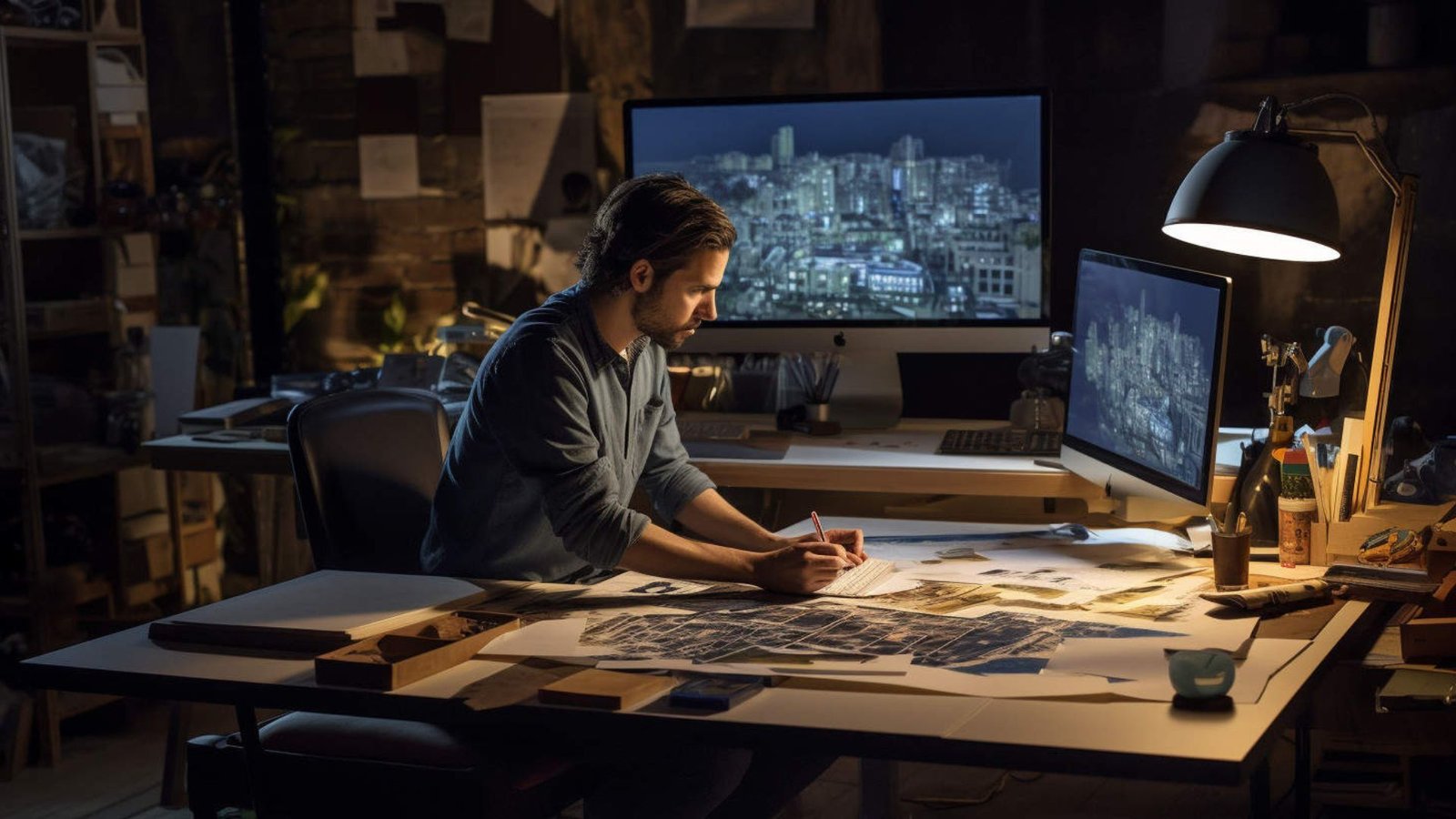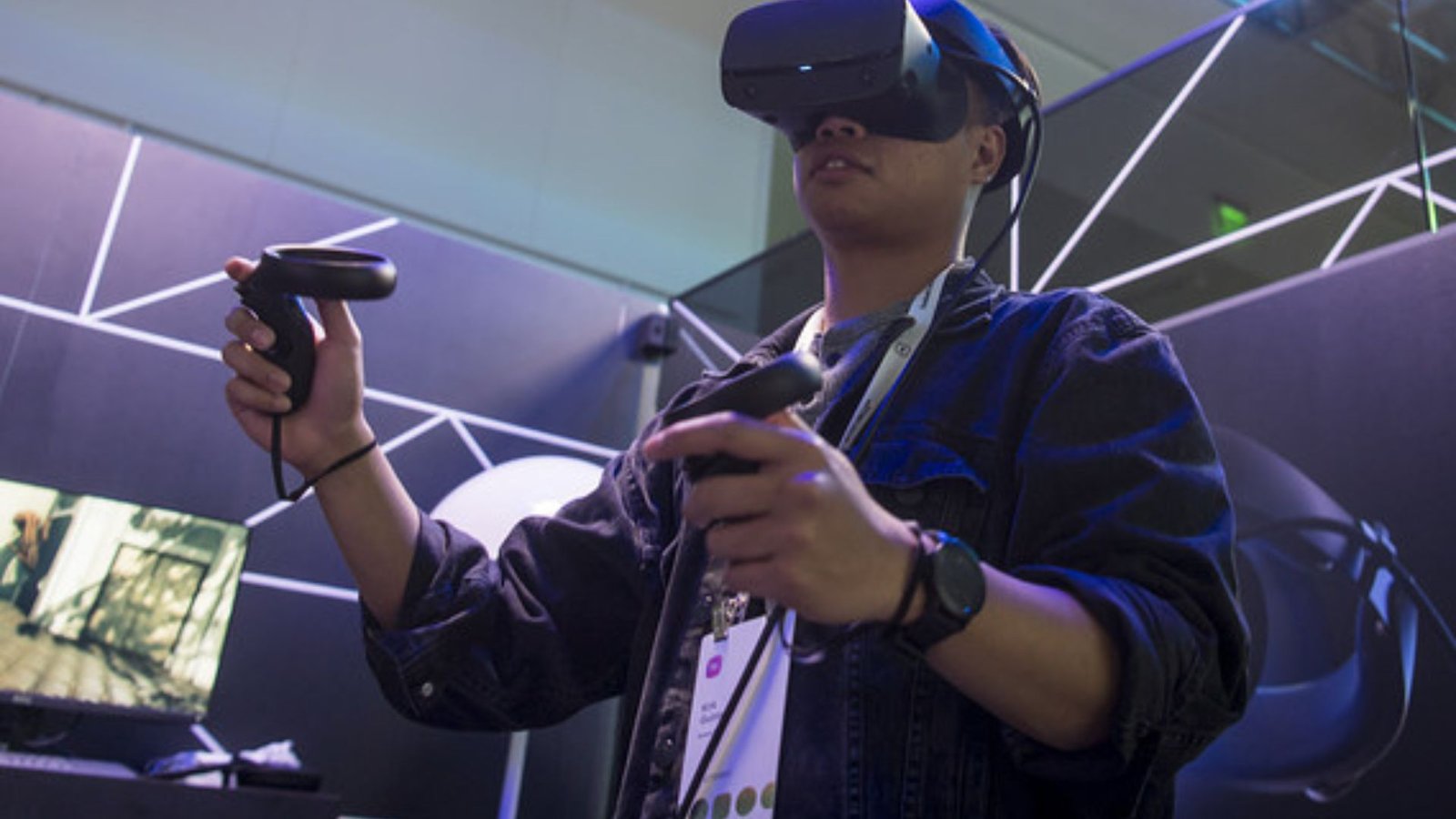The future of digital tools in production design is incredibly exciting and full of potential. As technology continues to advance, digital tools are transforming the way production designers create environments and visuals. In this blog post, we will explore how digital tools are evolving and what the future holds for production design in film and theater.
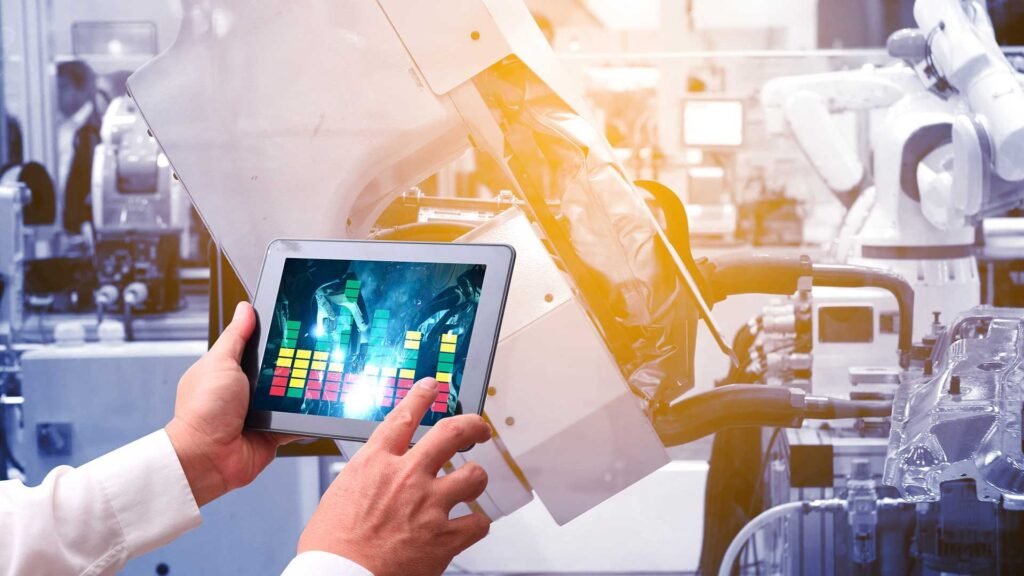
Advancements in 3D Modeling and Visualization
To begin with, advancements in 3D modeling and visualization are revolutionizing production design. 3D modeling software allows designers to create detailed digital models of sets, props, and characters. These models can be viewed from different angles and modified easily, which helps designers experiment with different designs and make adjustments before physical construction begins. For instance, designers can use 3D visualization to test lighting and camera angles in a virtual environment, ensuring that every detail aligns with the director’s vision. This technology streamlines the design process and enhances creativity by providing more flexibility in design choices.
Enhanced Virtual Reality (VR) and Augmented Reality (AR) Tools
Another exciting development is the use of Virtual Reality (VR) and Augmented Reality (AR) in production design. VR allows designers to immerse themselves in a fully digital environment, enabling them to walk through and interact with virtual sets and spaces. This can help designers better understand how a set will look and feel in a real-world context. AR, on the other hand, overlays digital information onto the real world, which can assist in visualizing how digital elements will interact with physical sets. These tools offer new ways to preview and refine designs, making the design process more intuitive and interactive.
Integration of Artificial Intelligence (AI)
The integration of Artificial Intelligence (AI) is also shaping the future of production design. AI algorithms can analyze vast amounts of data and generate design suggestions based on historical trends and user preferences. For example, AI can help designers predict which color schemes or design styles will be most effective for a particular scene or genre. Additionally, AI-powered tools can automate repetitive tasks, such as generating textures or modeling assets, freeing up designers to focus on more creative aspects of their work. As AI technology continues to advance, it will become an even more valuable asset in the design process.
Improved Collaboration Tools
Improved collaboration tools are another key development in production design. Digital platforms and software now enable designers, directors, and other team members to collaborate in real-time, regardless of their location. Tools like cloud-based project management systems and collaborative design software facilitate seamless communication and file sharing. For example, a designer can upload a new set design to a shared platform, and team members can provide feedback and make adjustments instantaneously. This enhances efficiency and ensures that all team members are aligned with the design vision.
Advanced Rendering Techniques
Advanced rendering techniques are pushing the boundaries of what is possible in production design. High-resolution rendering software allows designers to create incredibly realistic visuals with detailed textures and accurate lighting effects. This technology helps designers present their ideas more vividly and realistically, making it easier for directors and producers to visualize the final product. Techniques such as real-time rendering and ray tracing are improving the quality and speed of visualizations, enabling designers to make more informed decisions and present their designs more effectively.
Enhanced Simulation and Testing
Finally, enhanced simulation and testing tools are improving the way production designs are evaluated. Simulation software can model how different environmental factors, such as lighting and weather, will affect a set or scene. This helps designers anticipate potential issues and make adjustments before production begins. For example, a simulation might show how natural light changes throughout the day and how it impacts the appearance of a set. By using these tools, designers can ensure that their designs perform well under various conditions and meet the desired creative goals.
Conclusion
In conclusion, the future of digital tools in production design is bright and full of possibilities. Advancements in 3D modeling, VR and AR, AI, collaboration tools, rendering techniques, and simulation will continue to transform how environments and visuals are created. These tools enhance creativity, streamline workflows, and improve the accuracy and realism of designs. As technology evolves, production designers will have even more powerful resources at their disposal to bring their visions to life and create compelling and immersive experiences for audiences.

